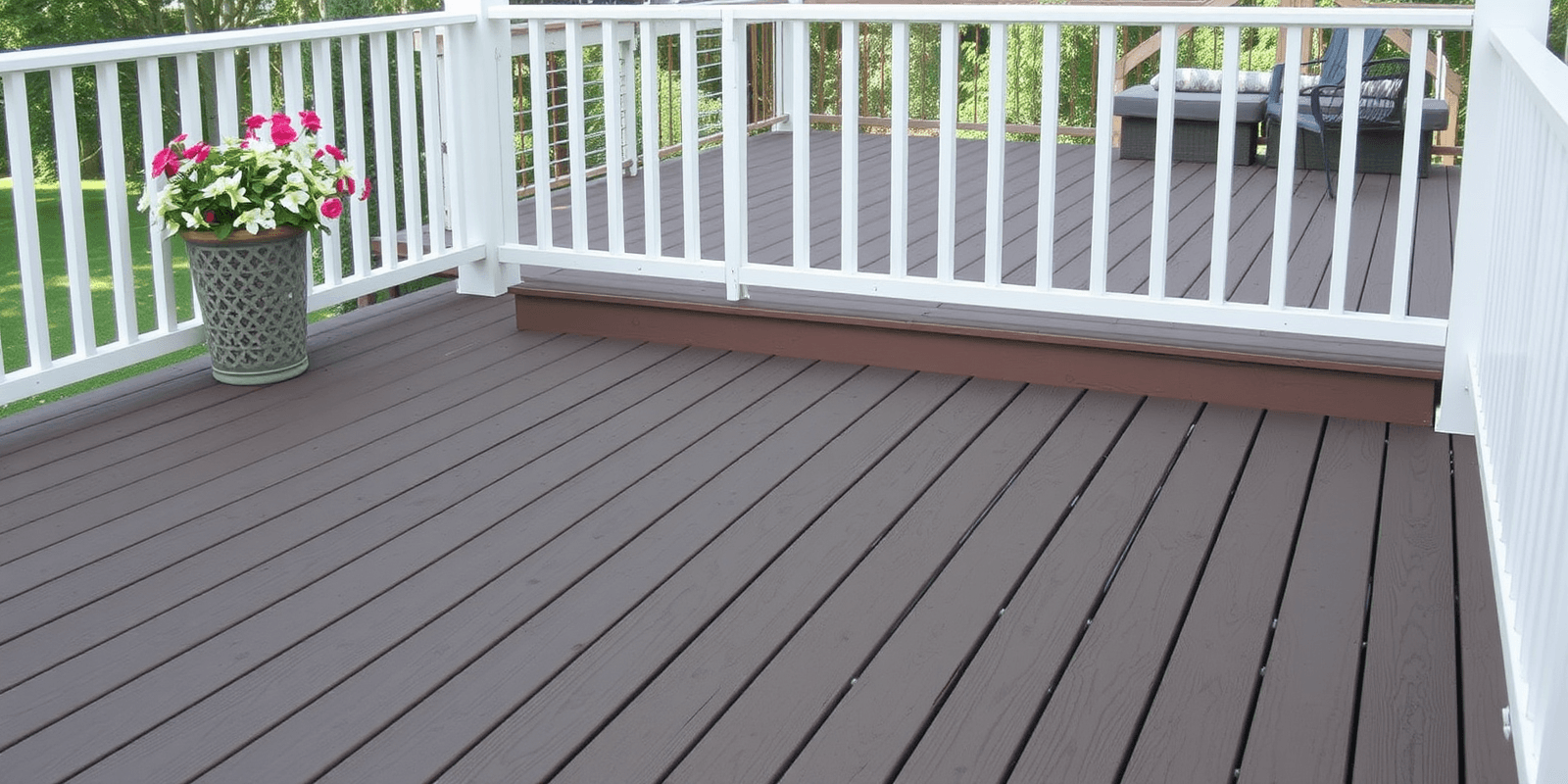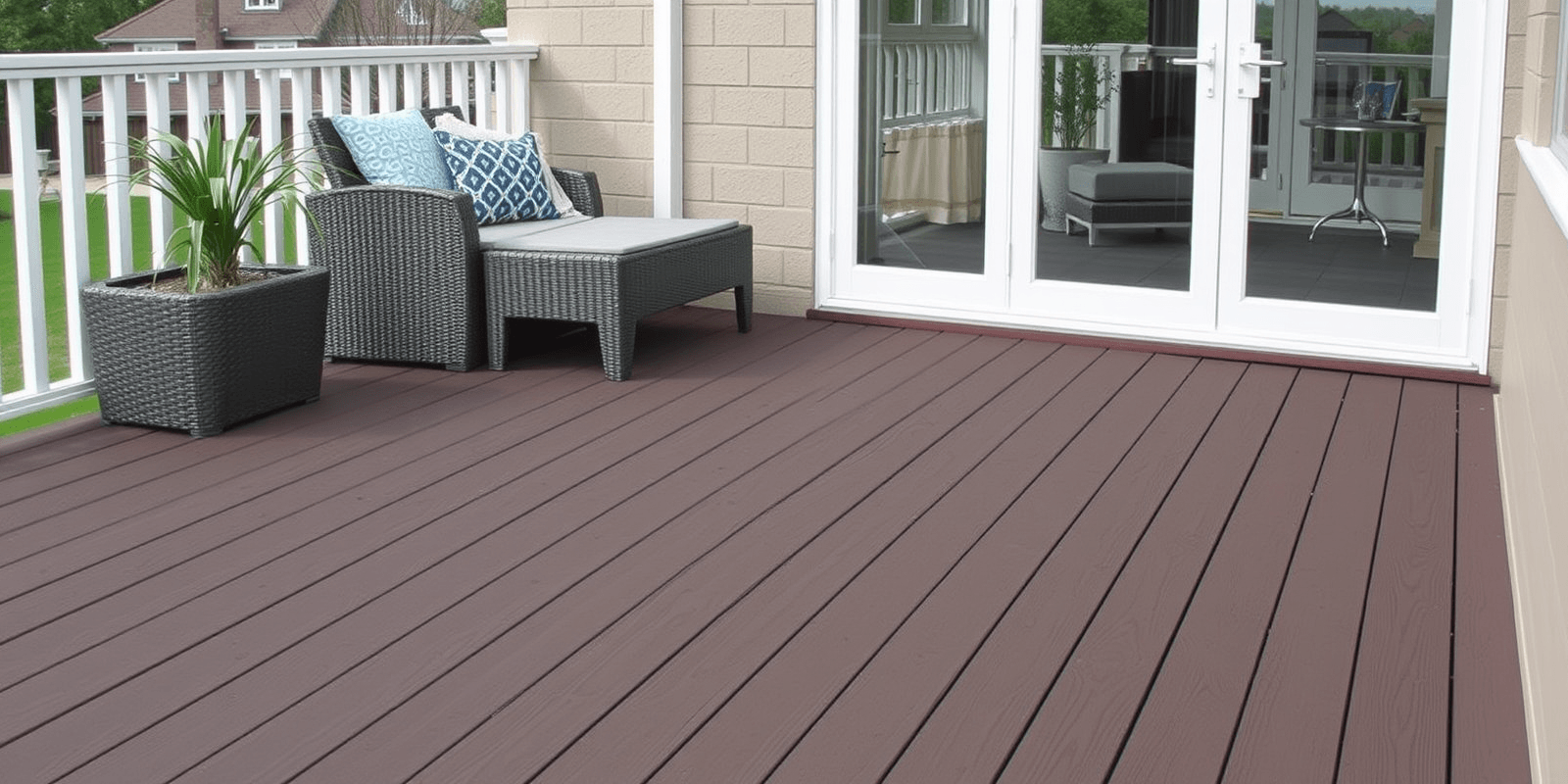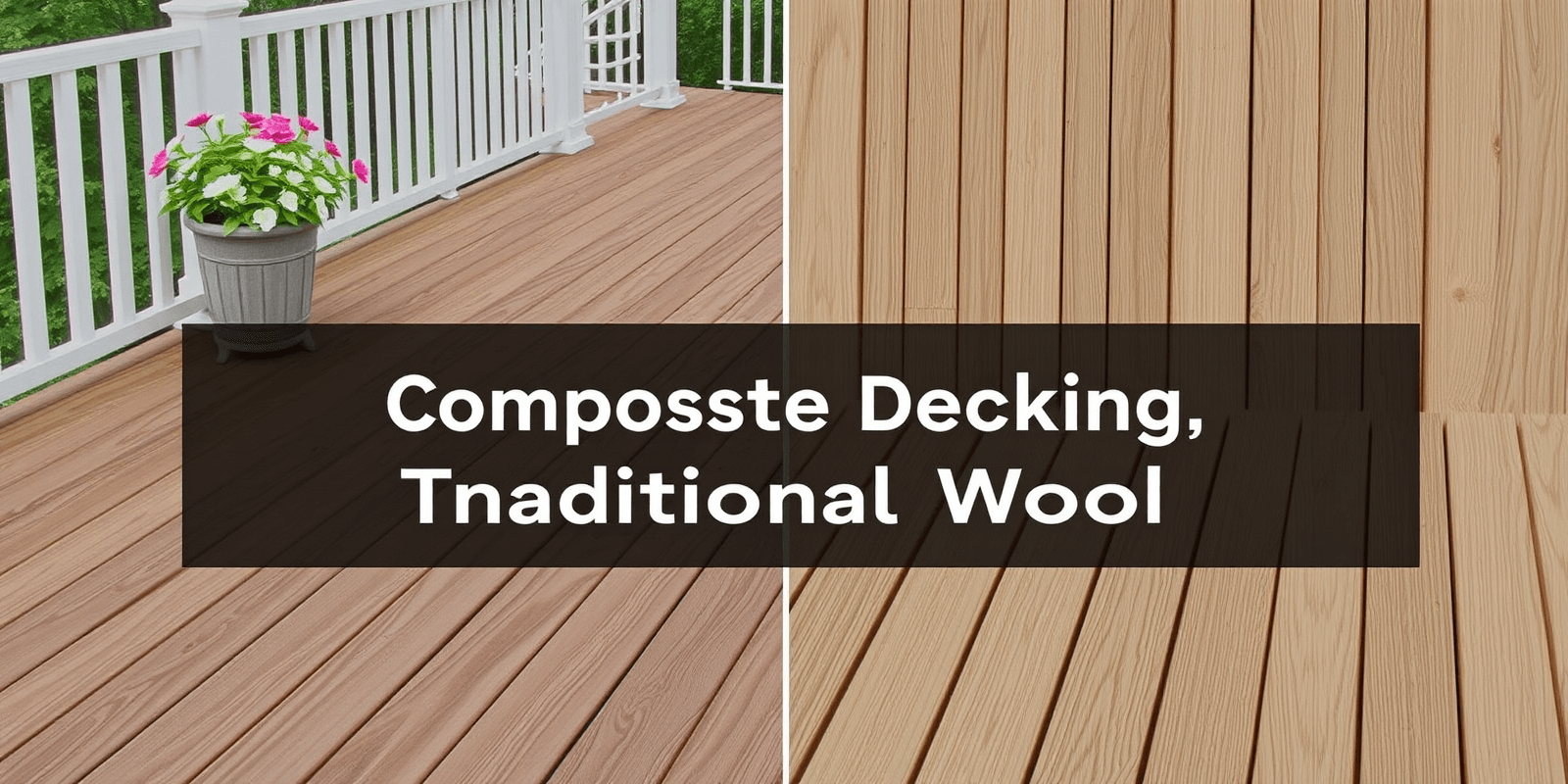“`html
Hollow Composite Decking vs. Traditional Materials
Introduction
In recent years, hollow composite decking has emerged as a popular alternative to traditional materials such as pressure-treated wood, natural wood, and metal or plastic alternatives. This article aims to analyze the pros and cons of hollow composite decking in comparison to these traditional options, focusing on longevity, appearance, cost, and eco-friendliness.
What is Hollow Composite Decking?
Hollow composite decking is a type of decking material that combines the durability and low maintenance of composite materials with a hollow core design, which reduces weight while maintaining structural integrity. It is typically made from a combination of wood fibers and plastic, often recycled materials, providing a sustainable and long-lasting solution for outdoor spaces.
Longevity
When it comes to longevity, hollow composite decking outperforms many traditional materials. Unlike natural wood, which can warp, rot, and splinter over time, hollow composites are resistant to moisture, insects, and UV rays. They do not require staining or sealing, making them a low-maintenance option. While pressure-treated wood is also durable, it can still suffer from issues like cracking and splintering, especially if not properly maintained.
Appearance
The appearance of hollow composite decking can vary widely depending on the manufacturer. Many products mimic the look of natural wood, offering a range of colors and finishes. However, some may lack the natural texture and grain found in real wood. Pressure-treated wood tends to darken over time, while natural wood can retain its original color with proper care. Metal or plastic alternatives often have a more industrial look but can be customized with various finishes.
Cost
In terms of cost, hollow composite decking generally falls between natural wood and pressure-treated wood. Initial installation costs can be higher due to the material price, but the long-term savings from reduced maintenance make it a cost-effective choice. Pressure-treated wood is usually the cheapest option upfront but requires regular maintenance, which can add up over time. Metal or plastic alternatives tend to be more expensive than both natural wood and hollow composites.
Eco-Friendliness
From an environmental perspective, hollow composite decking offers several advantages. Many products use recycled materials, reducing waste and the need for new resources. They are also recyclable at the end of their life cycle, contributing to a circular economy. Natural wood, while renewable, often requires significant processing and chemical treatments, impacting the environment. Pressure-treated wood involves the use of chemicals that can be harmful to the environment. Metal and plastic alternatives, while durable, often have higher carbon footprints due to production processes.
Conclusion
Hollow composite decking presents a compelling case as a versatile and sustainable alternative to traditional decking materials. Its durability, low maintenance requirements, and eco-friendly attributes make it an attractive option for homeowners looking to create beautiful outdoor spaces without compromising on longevity or sustainability. However, the initial cost and aesthetic considerations should also be factored into the decision-making process.
“`



